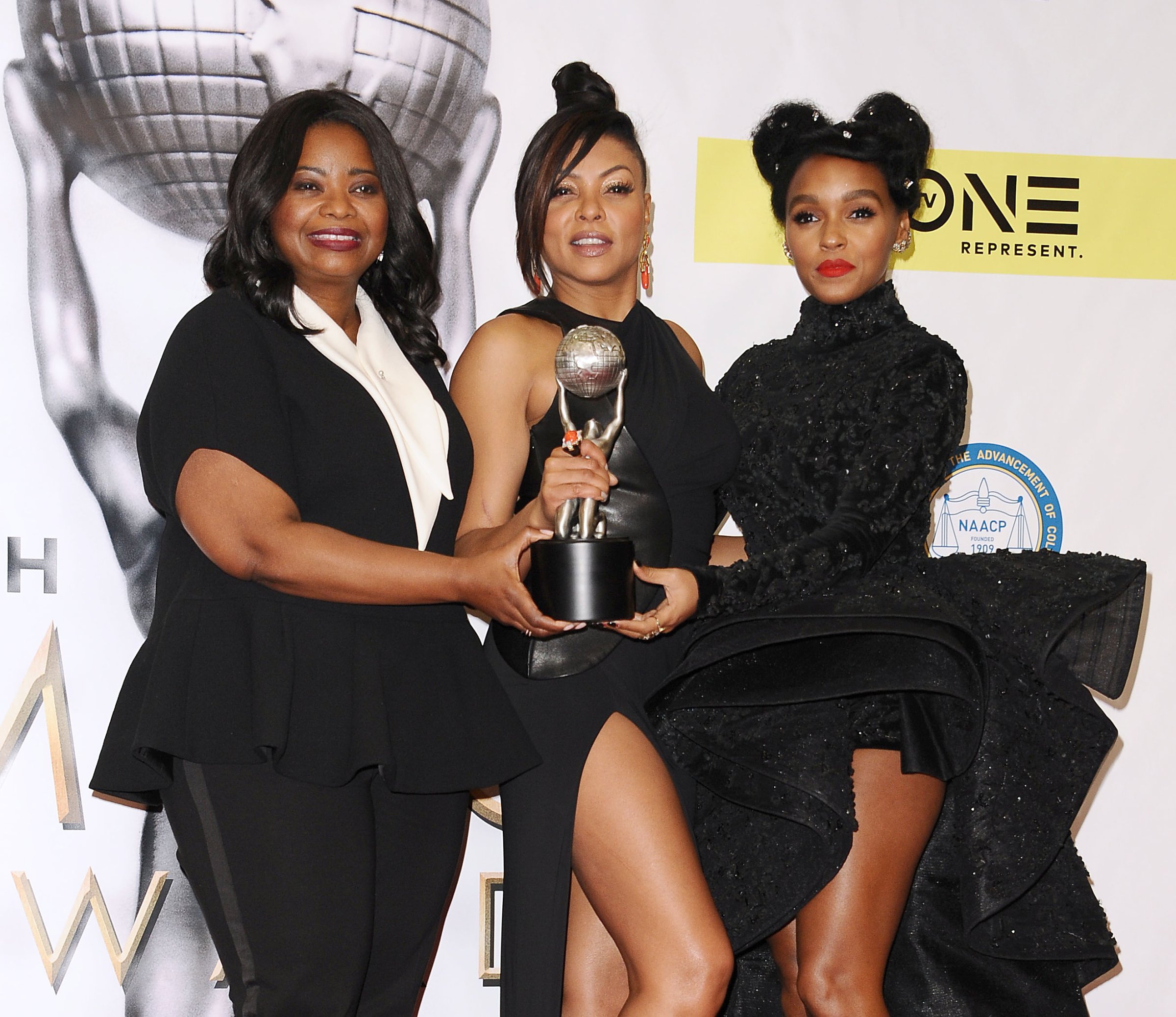
Baby steps. Finally, after a slew of bad news from studies focused on gender equality in Hollywood, we have some positive data to show there is a bit of forward movement when it comes to equality on the big screen. We aren’t even close to parity, but thanks to films such as Rogue One and Arrival, sole female protagonists made up 29 percent of the heroes in the 100 top-grossing films of 2016, according to a new study by San Diego State’s Center for the Study of Women in Television and Film. That’s an increase of 7 percent from 2015.
Women also accounted for 37 percent of major characters, defined as characters in more than one scene who are instrumental to the action of the story — an uptick of 3 percent from the previous year.
But it isn’t all good news. The percentage of characters in speaking roles, both major and minor, that were femal was 32 percent, down 1 percent from 2015.
Says Dr. Martha Lauzen, executive director of the center, “While audiences were still more than twice as likely to see male characters as female characters in top-grossing movies, females fared better as protagonists and major characters in 2016.”
Not surprisingly, films with at least one female director or female writer were more likely to feature female protagonists and major female characters. In films with one female writer or director, women constituted 57 percent of the protagonists. In films with exclusively male directors and/or writers, women accounted for 18 percent of the protagonists.
Case in point: Of the nine films nominated for Best Picture at the upcoming Oscars, only Hidden Figures, which centers on three female mathematicians, was written by a woman. Allison Schroeder co-wrote the screenplay with director Ted Melfi.
There is little progress when it comes to race. In 2016, 76 percent of all female characters were white, 14 percent were black, 6 percent were Asian, 3 percent were Latina, and 1 percent were other races, according to the study.
Says Lauzen, “The findings for race and ethnicity were a mixed bag. The percentage of Asian female characters doubled in 2016, and the percentage of black female characters increased slightly, but the percentage of Latina characters decreased slightly.”
This article originally appeared on EW.com
More Must-Reads from TIME
- Donald Trump Is TIME's 2024 Person of the Year
- Why We Chose Trump as Person of the Year
- Is Intermittent Fasting Good or Bad for You?
- The 100 Must-Read Books of 2024
- The 20 Best Christmas TV Episodes
- Column: If Optimism Feels Ridiculous Now, Try Hope
- The Future of Climate Action Is Trade Policy
- Merle Bombardieri Is Helping People Make the Baby Decision
Contact us at letters@time.com